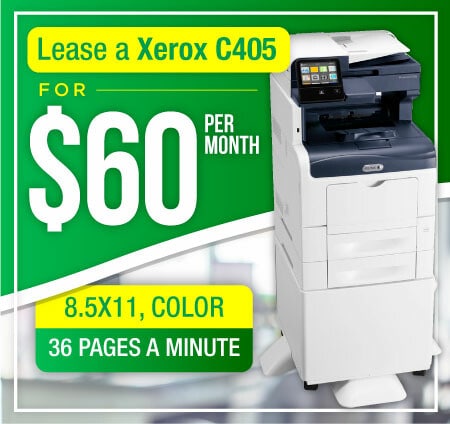Digital or Offset Printing?
Digital Printing or Offset Printing: What’s Better?
With digital printing, it does not require most of these steps. If you want the cost per copy to be lower, than digital printing will be the best way to go. With offset printing, you do not have a setup cost, which means that digital printing will cost less, and you will have a faster turnaround time when doing small to medium projects.
Offset will work better when you have a larger print job because it can reproduce images whenever you will need them. When doing offset printing, it lowers the costs associated with the prints that you make. In addition, you can print on a broader scale of materials such as metal, wood and plastic. Nevertheless, the answer will depend on what you need to print and how much volume you will need.

